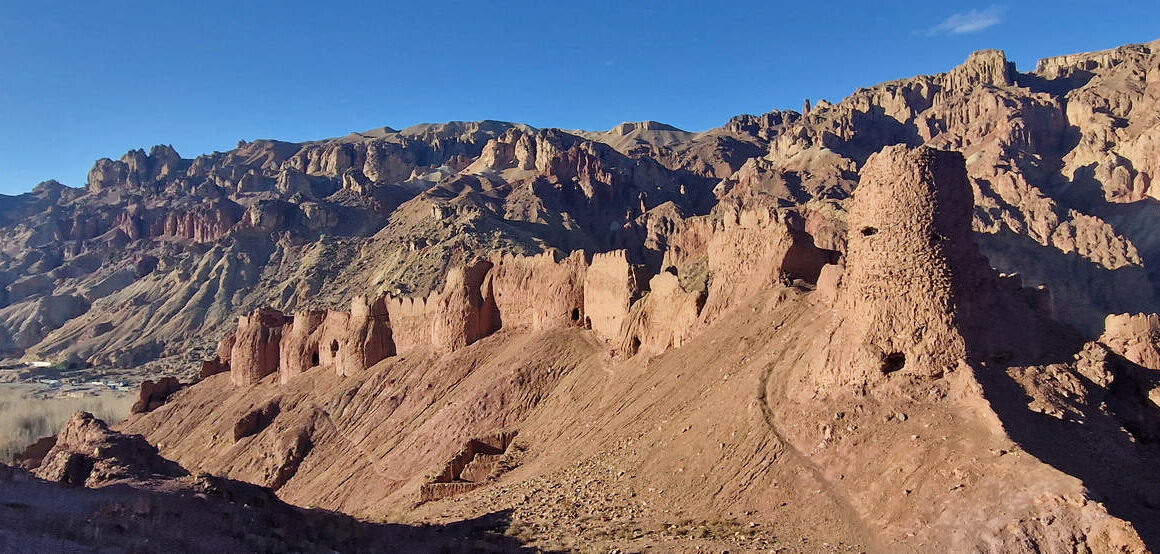
I promise that this is the third and last in a series of posts covering a recent trip to Afghanistan. As the previous two posts, it is light on birds and birding (basically only at the very beginning of this post). It contains a lot of non-bird photos of this area and ends with some description of my reason for traveling to Afghanistan and how you might support the people there. So, for pure birders, it is best to stop reading this post once you see the first photo not showing a bird.
Unfortunately, as I only took photos with my mobile phone on this trip, the bird photos are hardly worth looking at. Witness this shot of a Hooded Crow, a species that does not seem to mind foraging very close to people almost exactly in the city center of Bamiyan (though the term city center may be a bit of an exaggeration for this place).
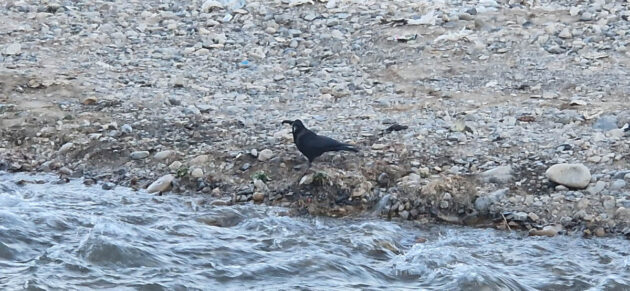
Inside the Band-e-Amir National Park, I added a horrible shot of a Horned Lark to my bird photo collection.
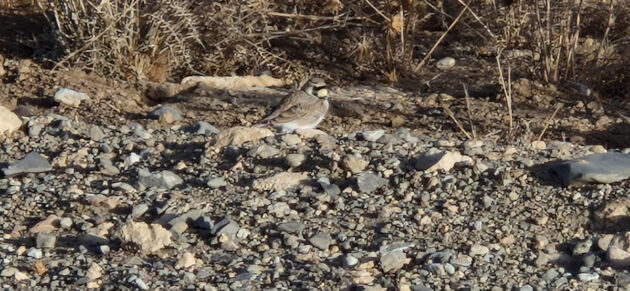
Finally, a bit further inside, a Long-legged Buzzard. Yes, you do not need to point out that it is a terrible photo again, I know.
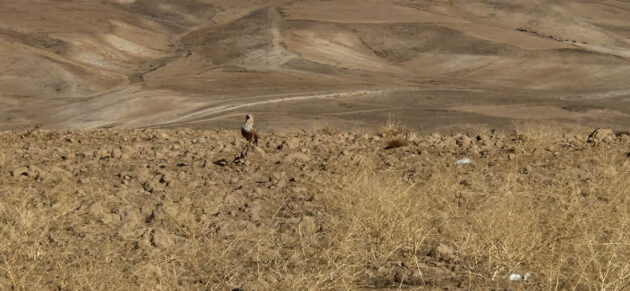
Lesson learned: next time, take a decent camera to Afghanistan, it should be worth it.
At this point, we say goodbye to all readers only interested in birds, as the post will now just turn into a photo collection covering a two-day trip from Kabul to Bamiyan and back.
It starts with a casual reminder of the dangers of such trips.
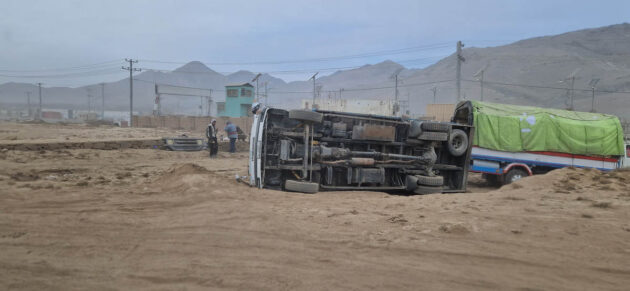
Bathroom break with country-specific toilet sign.
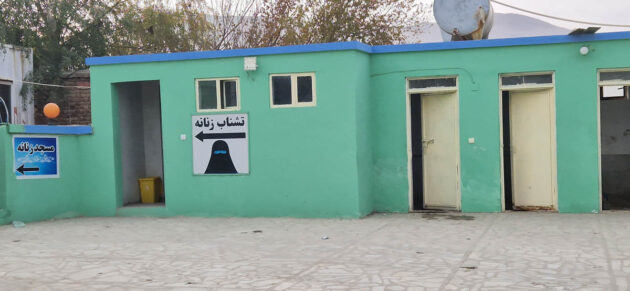
A very dry-looking landscape, at least at this time of the year.
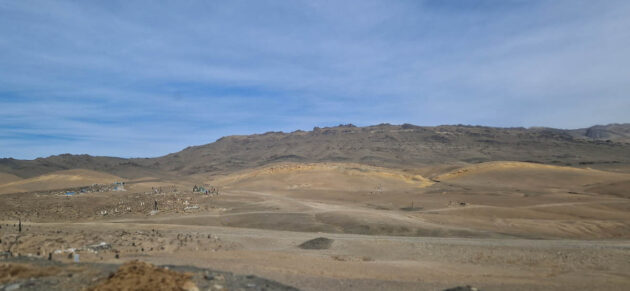
Village animals
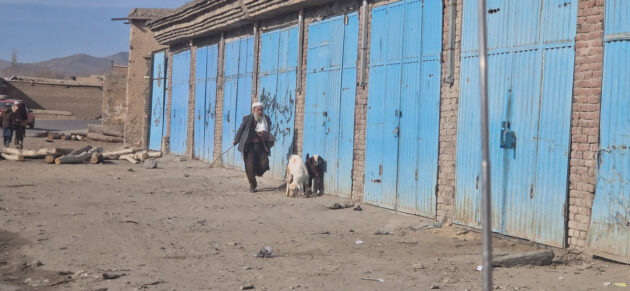
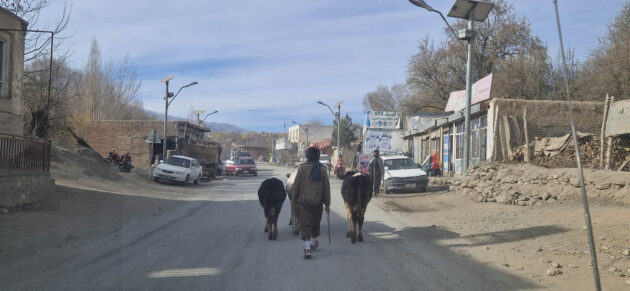
Mountains on the road to Bamiyan
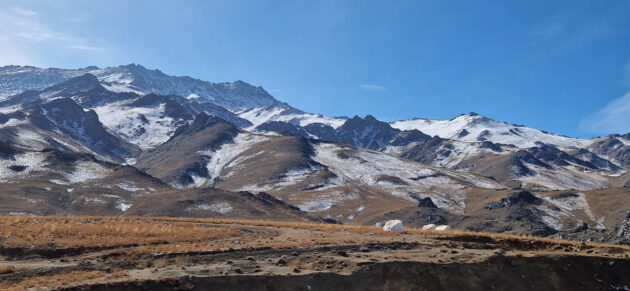
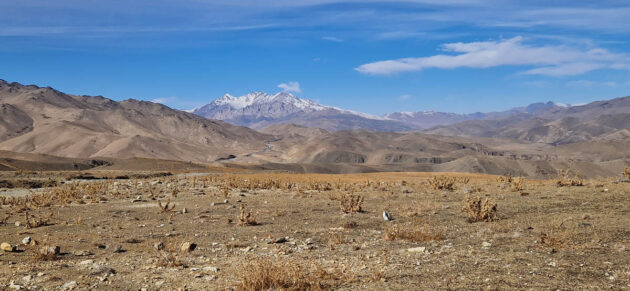
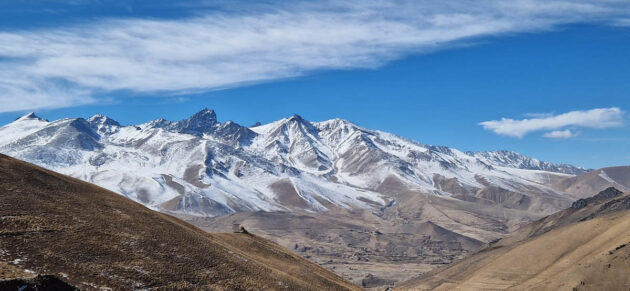
Is it morbid to be attracted by ruins?
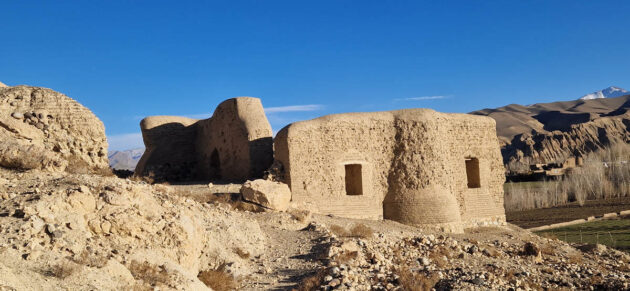
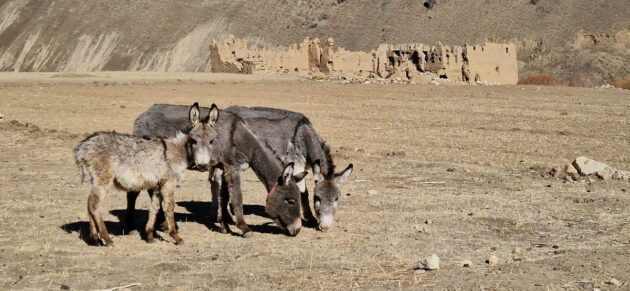
Some color combinations are quite striking
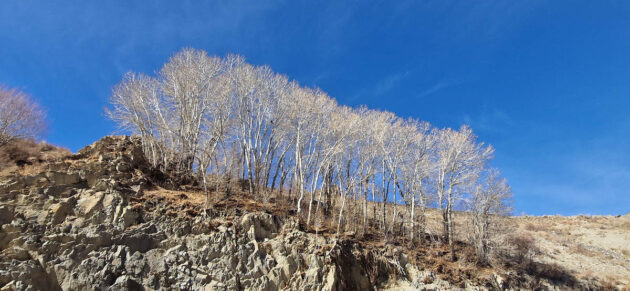
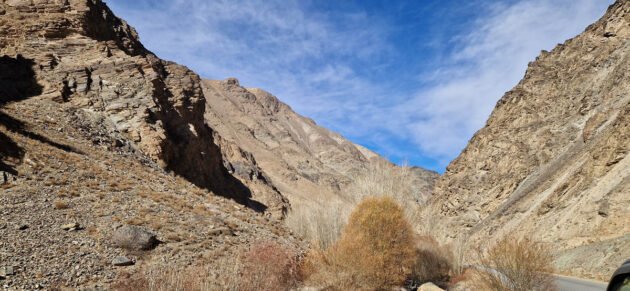
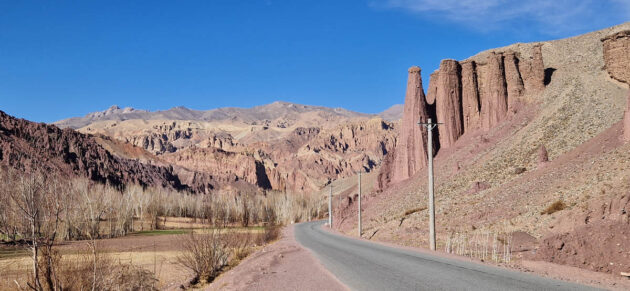
Shar-e Zuhak, an ancient city on a mountain ridge near Bamiyan
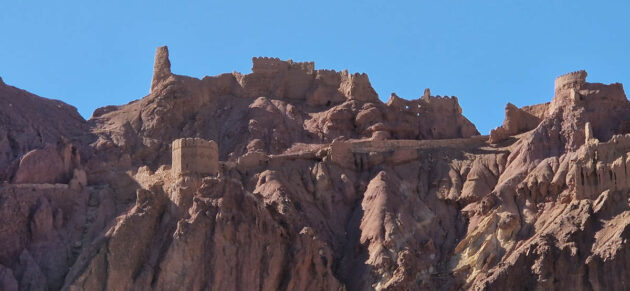
Built sometime around 500-600 AD, it was destroyed by Genghis Khan and his coworkers probably in 1221.
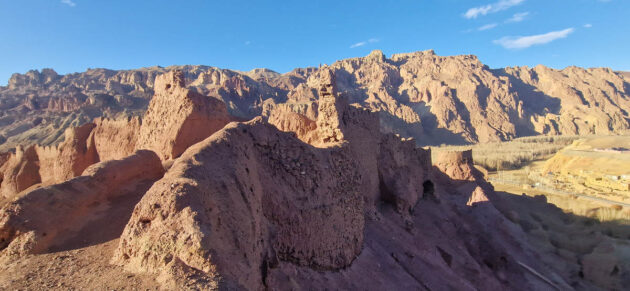
Coming from crowded China, it seems incredible to have such a spectacular sight to one’s own …
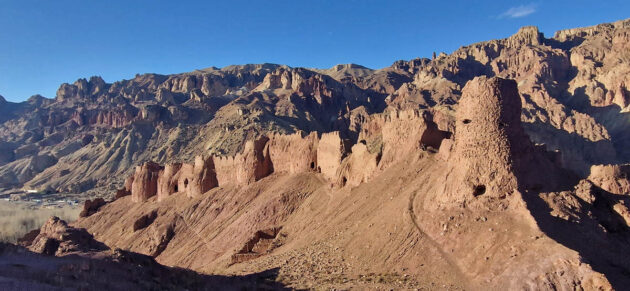
… free to explore every single watchtower.
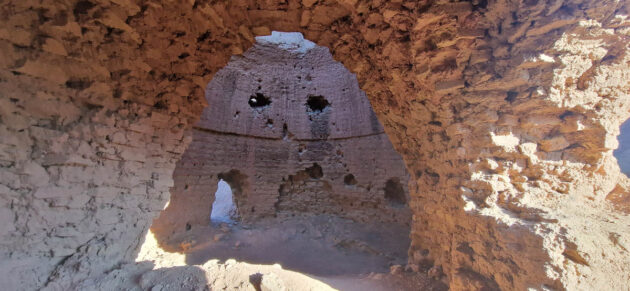
Arrival in Bamiyan, the provincial capital
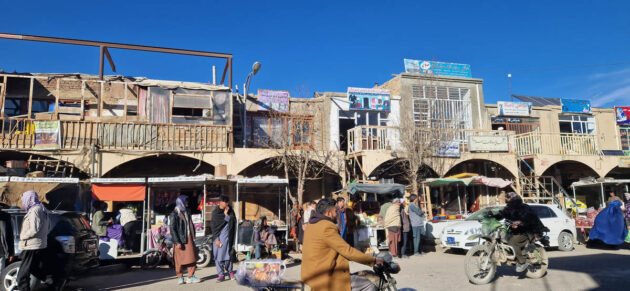
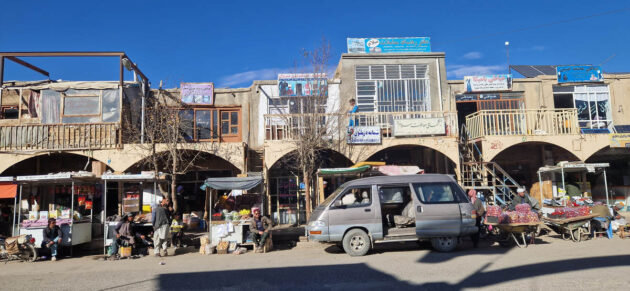
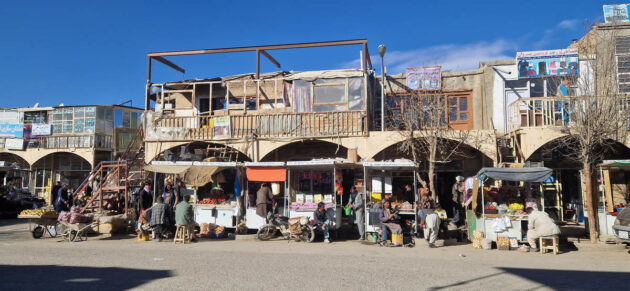
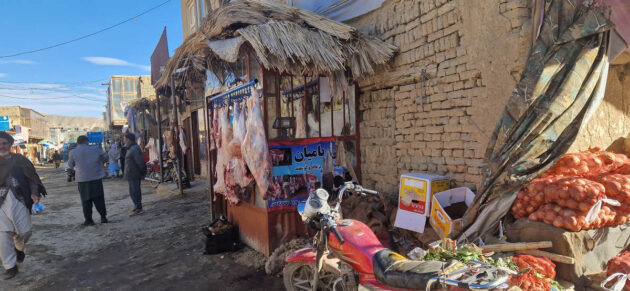
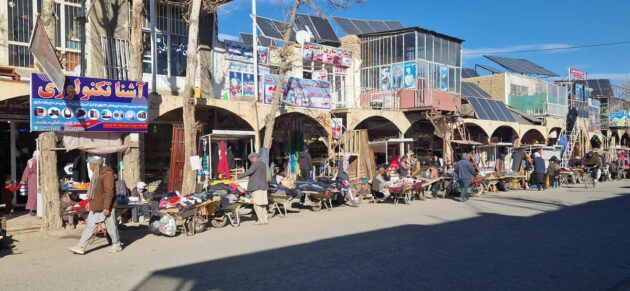
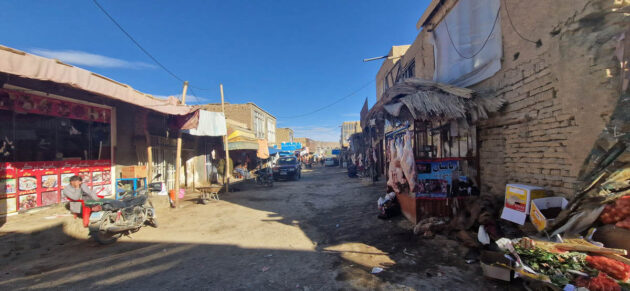
The main attraction of Bamiyan now is something that is no longer there.
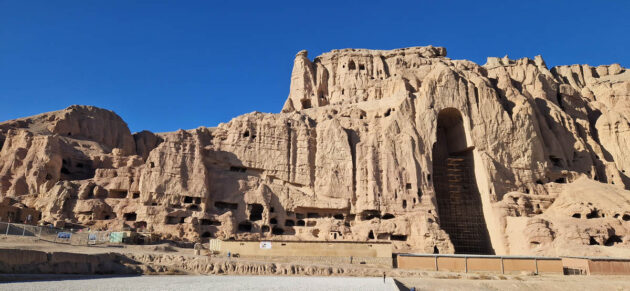
Hundreds of small caves are in close proximity, often on multiple levels.
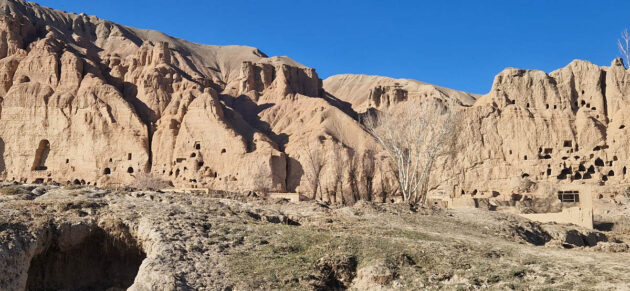
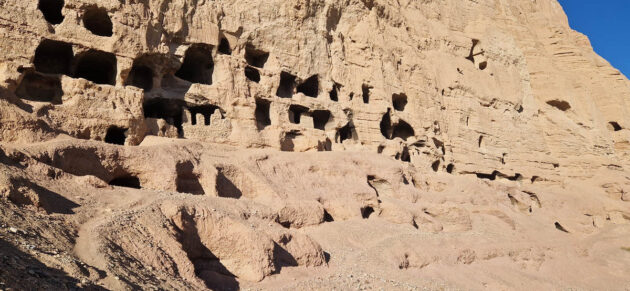
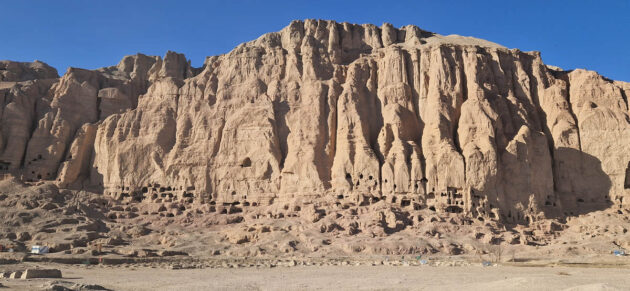
Another fortified city even closer to Bamiyan, Shar-e Gholghola. It suffered a similar fate as Zuhak – it was sieged by Genghis Khan, and after his favorite grandson was killed in battle by an arrow from the walls, Genghis massacred the population of the city, earning the city the name “City of Screams” (Wikipedia).
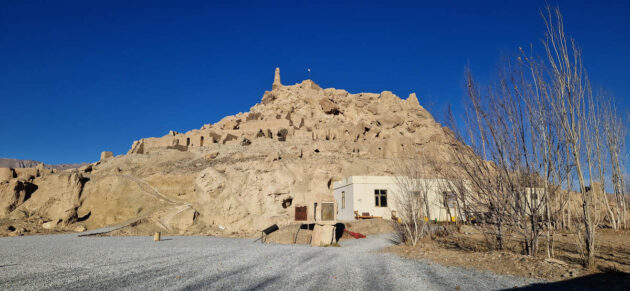
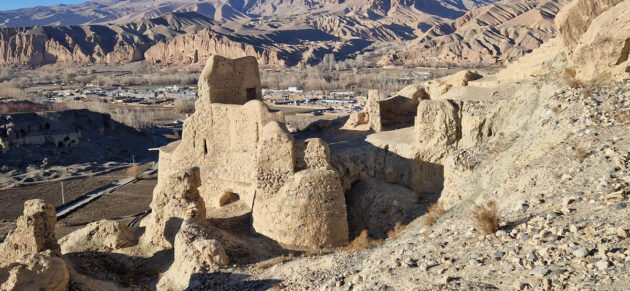
View from this city toward the destroyed buddha (you can see the cave shown in the photo above), also showing the city of Bamiyan.
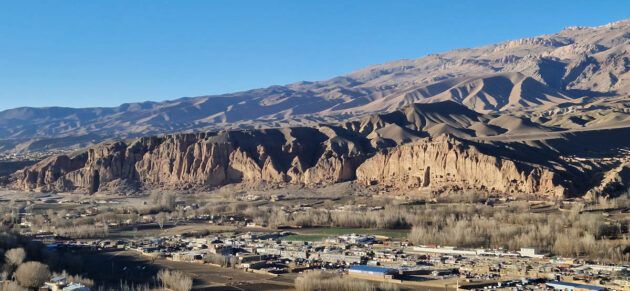
View from the top of the city. The Mongols apparently did a thorough job.
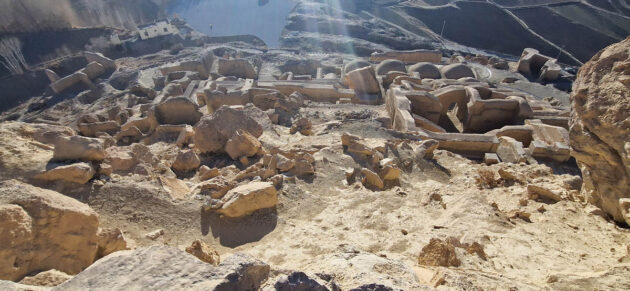
Near Bamiyan, there is another attraction – a rock split in the middle at a length of at least 100 meters. The local scientific explanation is that this was done by some hero cutting the snake (= the rock) in half.
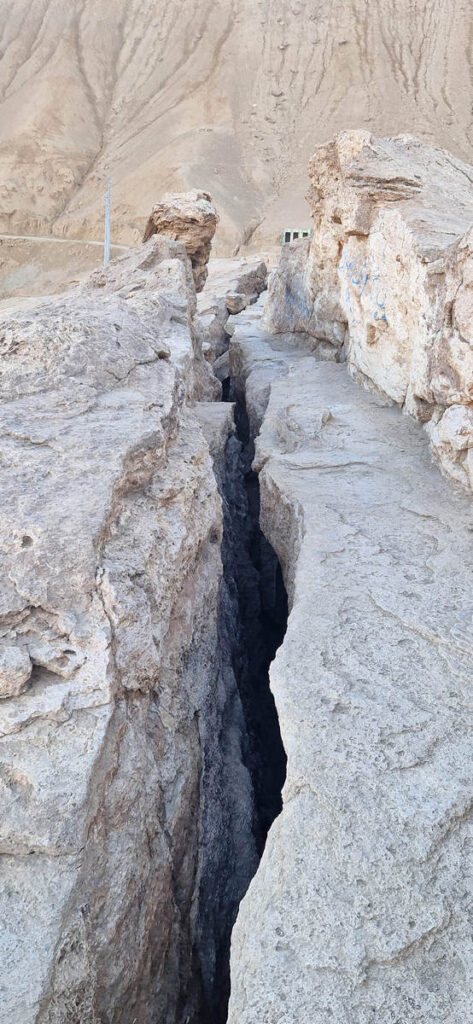
And it looks even better near sunset.
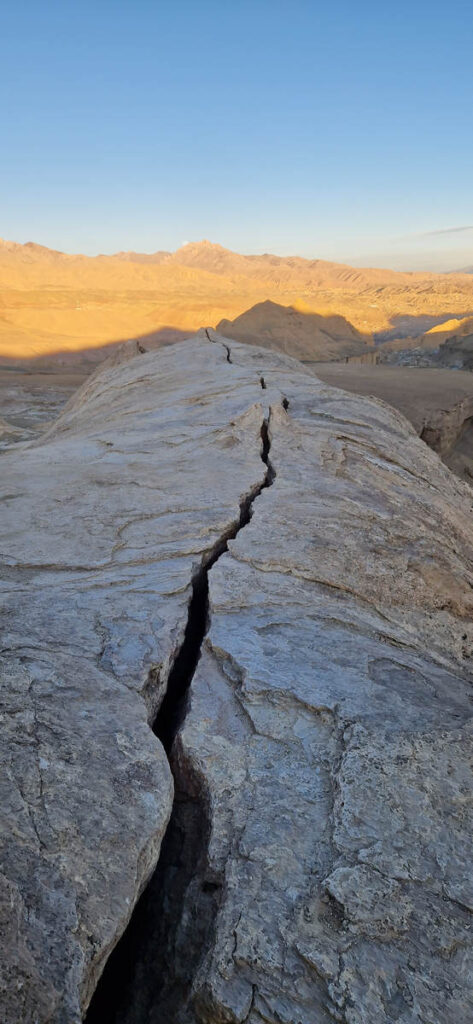
Nightlife in Bamiyan (sort of)
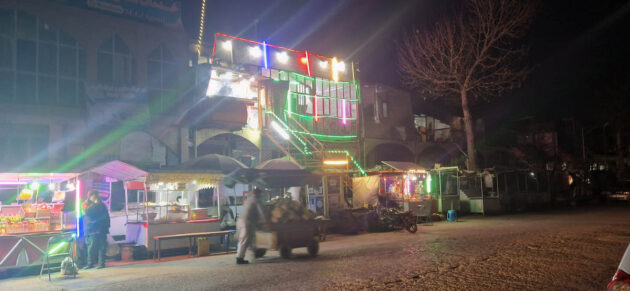
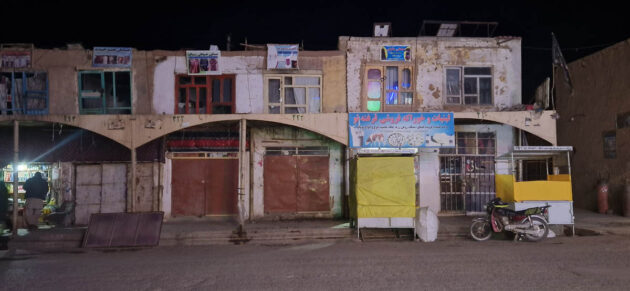
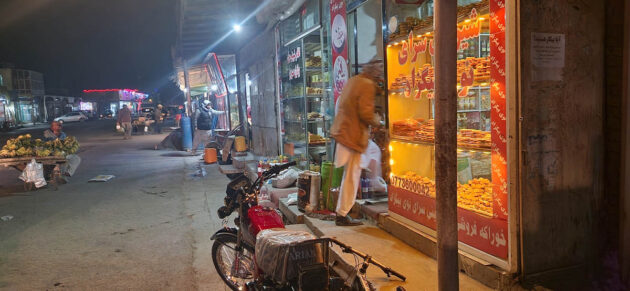
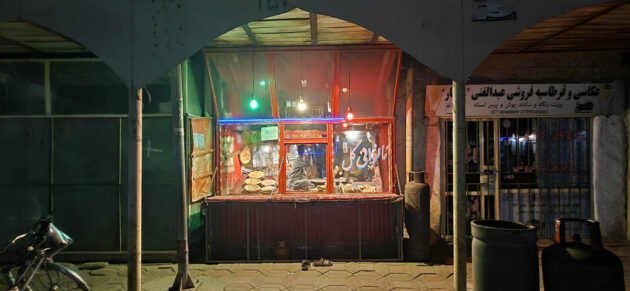
On the road to Band-e-Amir, a National Park
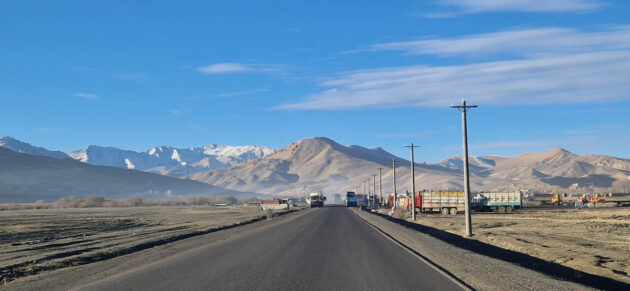
Entering the park. I know the gate is kind of tacky and boring, but the sky looks amazing.
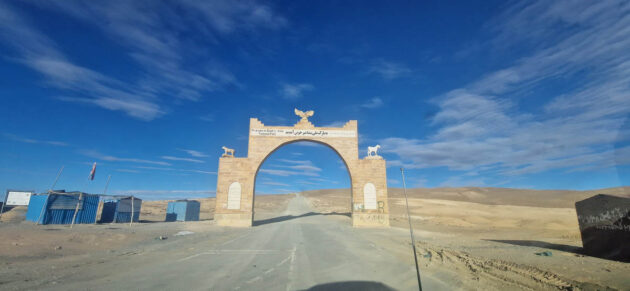
Landscape within the National Park. Who needs Utah or the Grand Canyon?
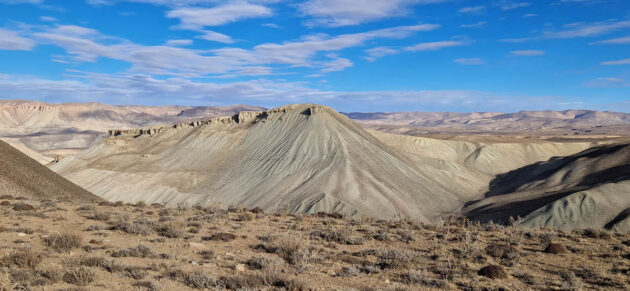
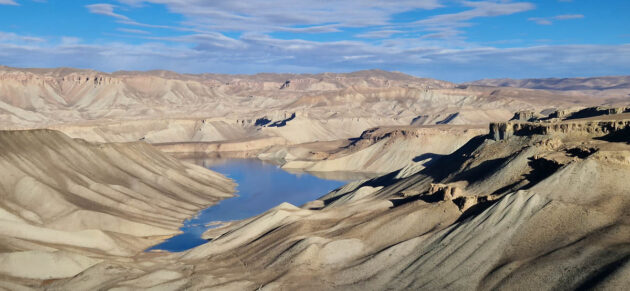
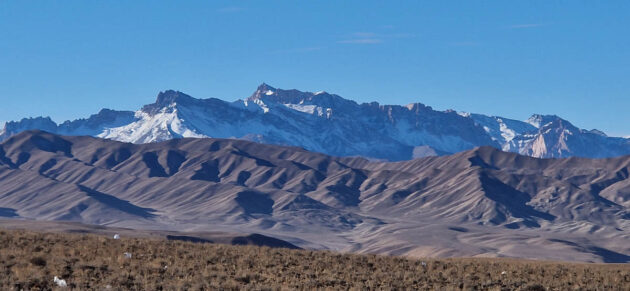
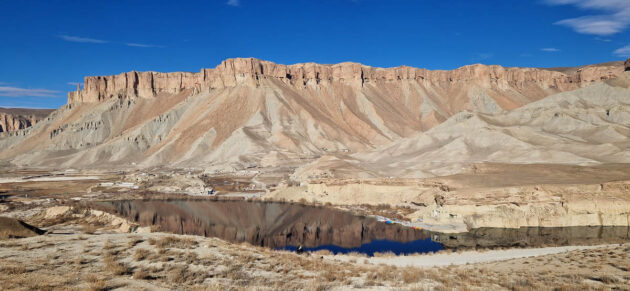
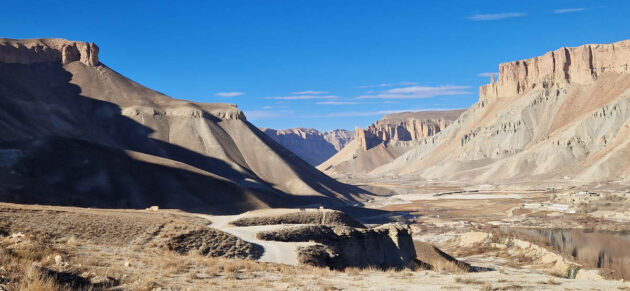
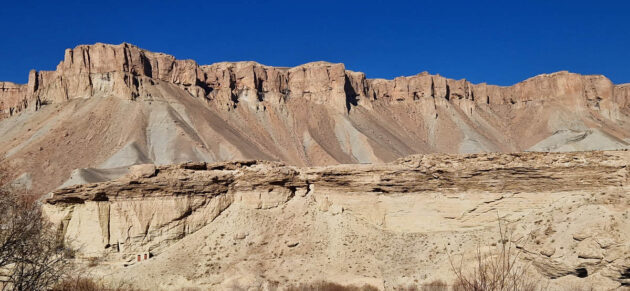
My travel companions having breakfast in the park …
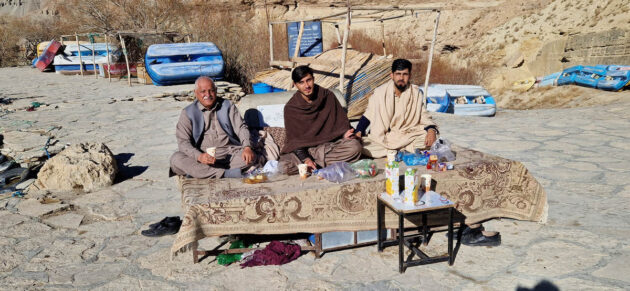
… close to a small waterfall.
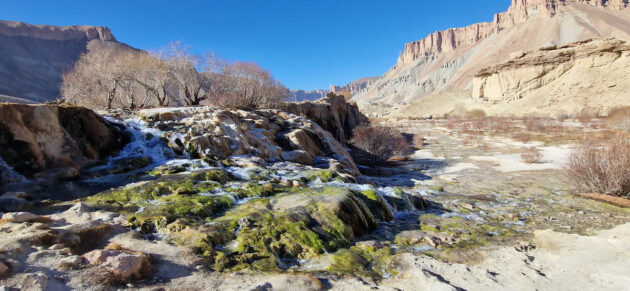
A pika, probably trying to avoid becoming the breakfast of the Long-legged Buzzard shown earlier.
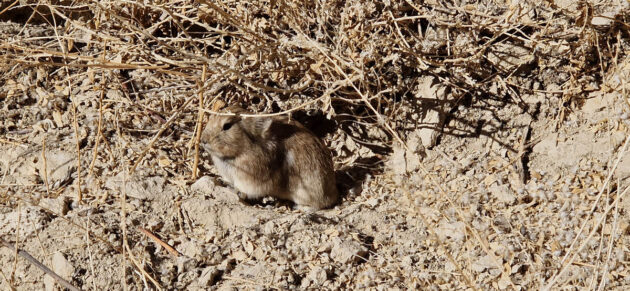
I am not sure what the pikas eat, as the local plants seem to mount substantial opposition to being eaten.
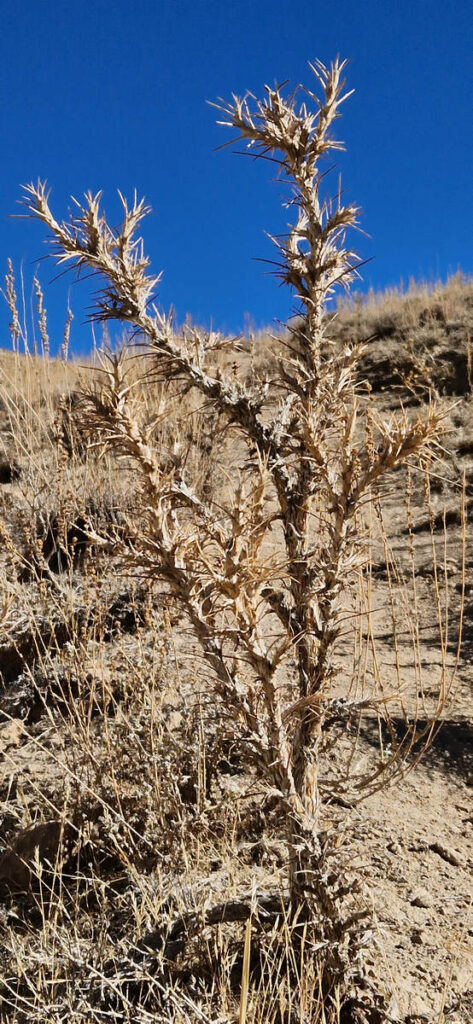
Walking around and taking more landscape photos that can all be taken outside of Trump country.
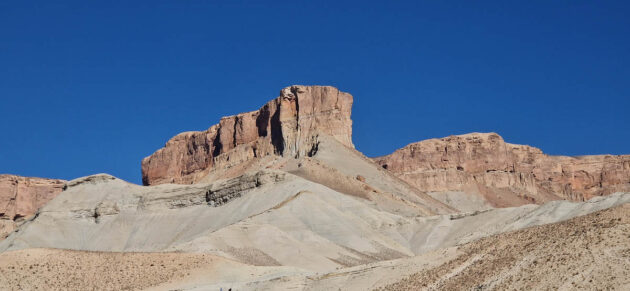
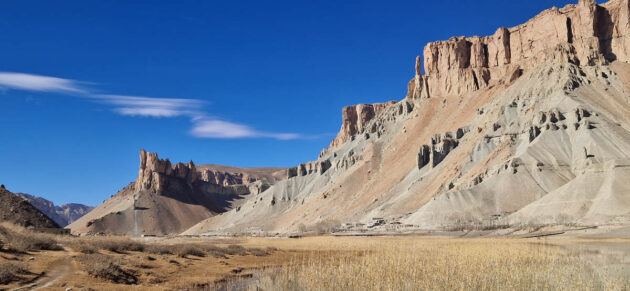
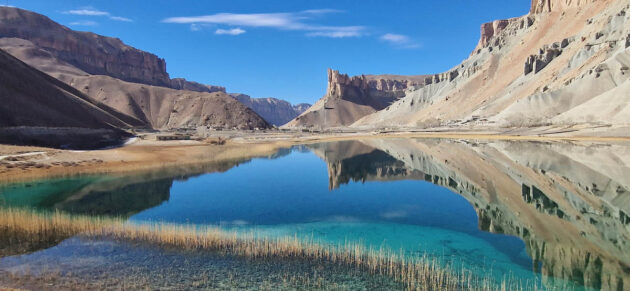
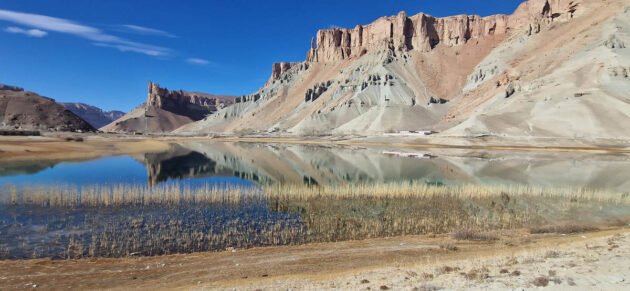
Even the mammals here remind me less of Mr. Trump.
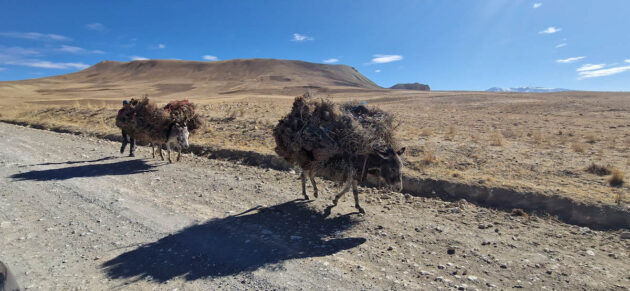
Driving back to Kabul as the sun is setting.
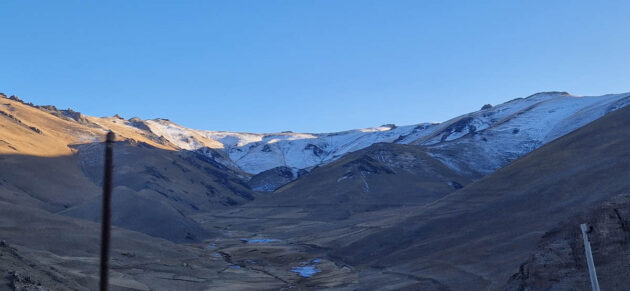
And at the end, as in the two previous posts on Afghanistan, some background of what my Afghan friends are doing in Kabul and how you might be able to support them.
We are currently focusing on two areas – one is getting some mineralogy/geology labs to work again so that Afghanistan can get more value out of its rich resources, and thus create more jobs for the people. Anyone with knowledge of the equipment in this area and an interest in helping is very welcome to contact me.
The second, even more pressing area is female education. We will establish a series of online workshops, trainings, and seminars for young women. The topics for these may cover a wide range but will generally focus on the development of critical skills to empower these women. If you are interested in being part of this and are willing to share your knowledge with Afghan women from diverse backgrounds, please contact me at kai.pflug at gmail.com (see also the contact page of this website). I will be very happy to provide more details.











Fabulous and fascinating scenery. I look forward to hearing about your next visit, Kai, when you have your proper camera with you. And good luck with empowering the Afghan women. They clearly need all the help they can get.
Thanks, David. I know I am cheating a bit writing about this trip and calling it birding, but I am hoping it is interesting anyway, and a way to get some additional support.
Wow, I had no idea Afghanistan was a great destination for birding! The Bamiyan area sounds like a real hotspot for avian enthusiasts. I’d love to learn more about the unique species found there. Can’t wait to read more about the author’s experiences and tips for spotting these birds.
Frankly, I am not sure it is a great destination, and given the situation there, I would not recommend going there just for birding. I wanted to be there for other reasons (NGO work supporting Afghan women) and just added a two-day Bamiyan trip to my lengthy stay. Then I thought, why not write about it …